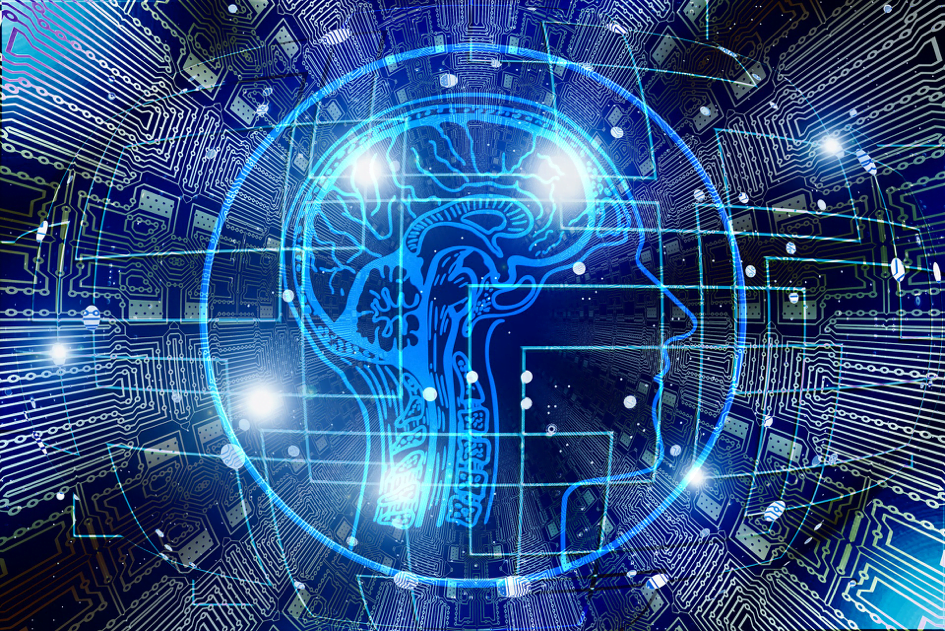Humans verse machines go head to head in the job market. Employment rates drop nationwide as machines take over the world. Movies and books alike share the worldwide insecurity of implementing artificial intelligence on a global scale, but do we really have anything to fear?
History says there is nothing to fear
Throughout history, society has predicted a workforce doomsday every time a potential innovation has happened. Take the Industrial Revolution, for example, there were massive transformations in the way everyday business was conducted that transformed the world. At the time many people feared it would be the end of jobs everywhere. Instead, faster modes of transportation and assembly line based productions began popping up all over the world and millions of new jobs were created. The workforce remained stable throughout the Industrial Revolution, and it will remain stable throughout the integration of artificial intelligence in our workforce as well.
As technology has been increasingly incorporated into our everyday lives some jobs have taken a hit. The job of a secretary has drastically changed over the last twenty years as typewriters and shorthand knowledge was replaced with more advanced technology. We no longer have someone riding through our towns, horse hooves galloping, as they shout out urgent messages, but we do have teams of experts working behind the scenes of that text message alert you received. The workforce is not disappearing, it is simply shifting.
Current studies show that things are going well
A recent study conducted by Capgemini backs up the idea that incorporating artificial intelligence technology into the workforce will not only not destroy jobs, but it will create even more. Nearly one thousand companies all over the globe who are currently implementing artificial intelligence technology into their workforce participated in this study. 63 percent of those companies state that the introduction of artificial intelligence had not caused any job loss, and an impressive 83 percent reported that implementing artificial intelligence had created more jobs within their companies.
Gartner, the worlds leading research and advisory company, estimate that while artificial intelligence will likely eliminate nearly one million jobs worldwide, that the global implementation of artificial intelligence will create a daunting 2.3 million jobs in their place.
What can artificial intelligence do that humans can’t?
In short, robotic data correction. Robotic data correction, or RDC, is the newest artificial intelligence technology that is saving trillions of dollars in costly mistakes every year. Similar to a spelling and grammar check on your English essay, RDC can automatically detect and correct fifty thousand data entry errors in only a few minutes. This same task would take a team of human experts weeks to complete. With humans, an error is to be expected. While using “their” instead of “they’re” in your English essay may only dock you a few points, a minor error within an industry could cost the company millions, an even smaller data error within a medical record, could cost human lives.
The future of robotics and artificial intelligence is not something to fear, but to embrace. Artificial intelligence is an opportunity to develop more efficient and effective ways of doing our jobs by combining the abilities of both humans and machines. It has never been about humans versus machines, it’s been about humans and machines, working together to build a better future.














